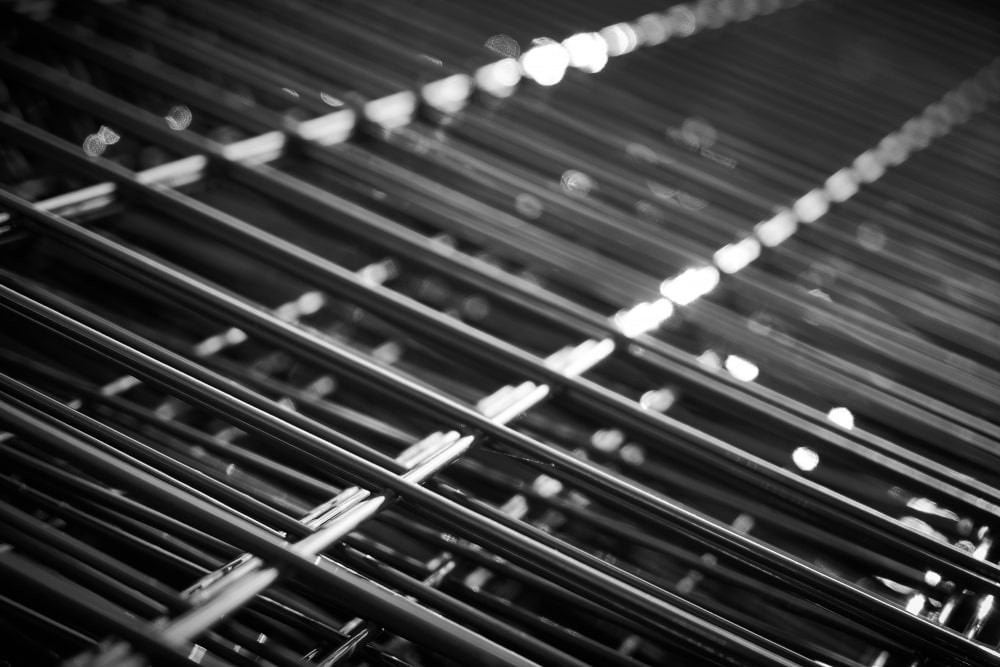Mastering Aluminum Welding Rods: A Comprehensive Guide
Introduction:
Aluminum welding can be a challenging task, but with the right tools and techniques, it can produce high-quality welds. One of the essential components of aluminum welding is the welding rod. In this comprehensive guide, we'll delve into the world of Aluminum Welding Rods & welding cables, exploring their types, properties, applications, and best practices for usage.
Understanding Aluminum Welding Rods:
Aluminum welding rods, also known as filler rods, are consumable electrodes used to join pieces of aluminum through the welding process. They come in various compositions, each designed for specific applications and welding techniques. The most common types of aluminum welding rods include pure aluminum rods, aluminum-silicon rods, aluminum-magnesium rods, and aluminum-copper rods.
Pure Aluminum Rods: Pure aluminum rods (ER4043) are versatile and widely used for welding aluminum alloys with similar compositions. They provide good strength and corrosion resistance, making them suitable for general-purpose welding applications.
Aluminum-Silicon Rods: Aluminum-silicon rods (ER4047) are designed for welding cast aluminum alloys and dissimilar aluminum alloys. They offer excellent fluidity and crack resistance, making them ideal for welding applications requiring high strength and durability.
Aluminum-Magnesium Rods: Aluminum-magnesium rods (ER5356) are specifically formulated for welding marine-grade aluminum alloys and other aluminum alloys containing magnesium. They provide superior corrosion resistance and mechanical properties, making them suitable for outdoor and marine applications.
Aluminum-Copper Rods: Aluminum-copper rods (ER2319) are primarily used for welding aluminum alloys containing copper. They offer excellent strength and crack resistance, making them suitable for structural welding applications.
Choosing the Right Aluminum Welding Rod:
Selecting the appropriate aluminum welding rod depends on factors such as the base metal composition, welding technique, and desired mechanical properties. Consider the following tips when choosing the right aluminum welding rod:
Match the rod composition to the base metal alloy for optimal weld quality and mechanical properties.
Consider the welding technique and joint configuration when selecting the rod diameter and type.
Consult welding procedure specifications (WPS) and manufacturer recommendations for guidance on rod selection.
Conduct pre-weld testing and qualification to ensure compatibility between the welding rod and base metal.
Best Practices for Using Aluminum Welding Rods:
To achieve high-quality aluminum welds, follow these best practices when using aluminum welding rods:
Cleanliness: Ensure that the base metal and welding rod are free from contaminants such as oil, grease, and oxide layers to prevent weld defects.
Preheating: Preheat thick aluminum sections to reduce the risk of cracking and improve weldability, especially when using high-strength aluminum alloys.
Proper Storage: Store aluminum welding rods in a dry, clean environment to prevent moisture absorption and oxidation, which can affect weld quality.
Welding Technique: Use the appropriate welding technique, such as TIG (Tungsten Inert Gas) or MIG (Metal Inert Gas), and maintain proper arc length and travel speed for consistent weld bead formation.
Post-Weld Treatment: Conduct post-weld treatments such as stress relief annealing and heat treatment to improve weld integrity and mechanical properties.
Conclusion:
Aluminum welding rods play a crucial role in achieving high-quality welds in aluminum fabrication and repair projects. By understanding the different types of aluminum welding rods, choosing the right rod for the job, and following best practices for usage, welders can master the art of aluminum welding and produce durable and reliable welds.


No comments yet